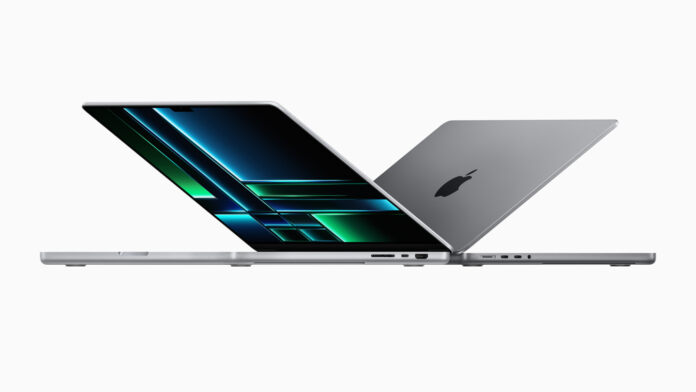Apple is already working on its next-generation of Apple silicon chips, codenamed M3, that will power some of its 2023 Macs. According to a report by Bloomberg, the company is testing a prototype of the M3 chip that outperforms its new generation M2 Max chips that will power upcoming MacBooks.
The M3 chip is said to be based on TSMC's 3-nanometer process, which offers significant improvements in power efficiency and performance over the current 5-nanometer process used for the M2, M2 Pro, M2 Max chips.
According to the report, the M3 chip will feature up to four dies, each with up to 10 compute cores, for a total of 40 cores. The M3 chip will also support up to 64GB of RAM and up to 16 GPU cores.
The report cites an unnamed source who claims to have access to a prototype Mac mini with the M3 chip inside. The source says that the Mac mini scored over 12,000 points in single-core and over 80,000 points in multi-core tests on Geekbench 5, which are higher than the scores of the new M2 chips that are expected to be announced at WWDC23 in June. The source also says that the Mac mini runs very quietly with better cooling, thanks to the improved thermal efficiency of the 3-nanometer process.
Continuing to Build Its Proprietary Chip Line
The report does not mention which Mac models will use the M3 chip, but previous rumors have suggested that Apple is working on a new 24-inch iMac with the M3 chip that could launch in late 2023 or early 2024. Apple analyst Ming-Chi Kuo has also said that mass production of the M3 chip will begin in the second half of 2023.
Apple's transition from Intel to its own silicon has been very successful so far, with the M1 chip delivering impressive performance and battery life in the MacBook Air, MacBook Pro, Mac mini, iMac, and iPad Pro.
The M3 chip will be Apple's third iteration of its custom-designed processors for Macs, and it will likely bring another leap in performance and efficiency. Apple is known for its tight integration of hardware and software, and the M3 chip will enable new features and capabilities for macOS and its apps.






